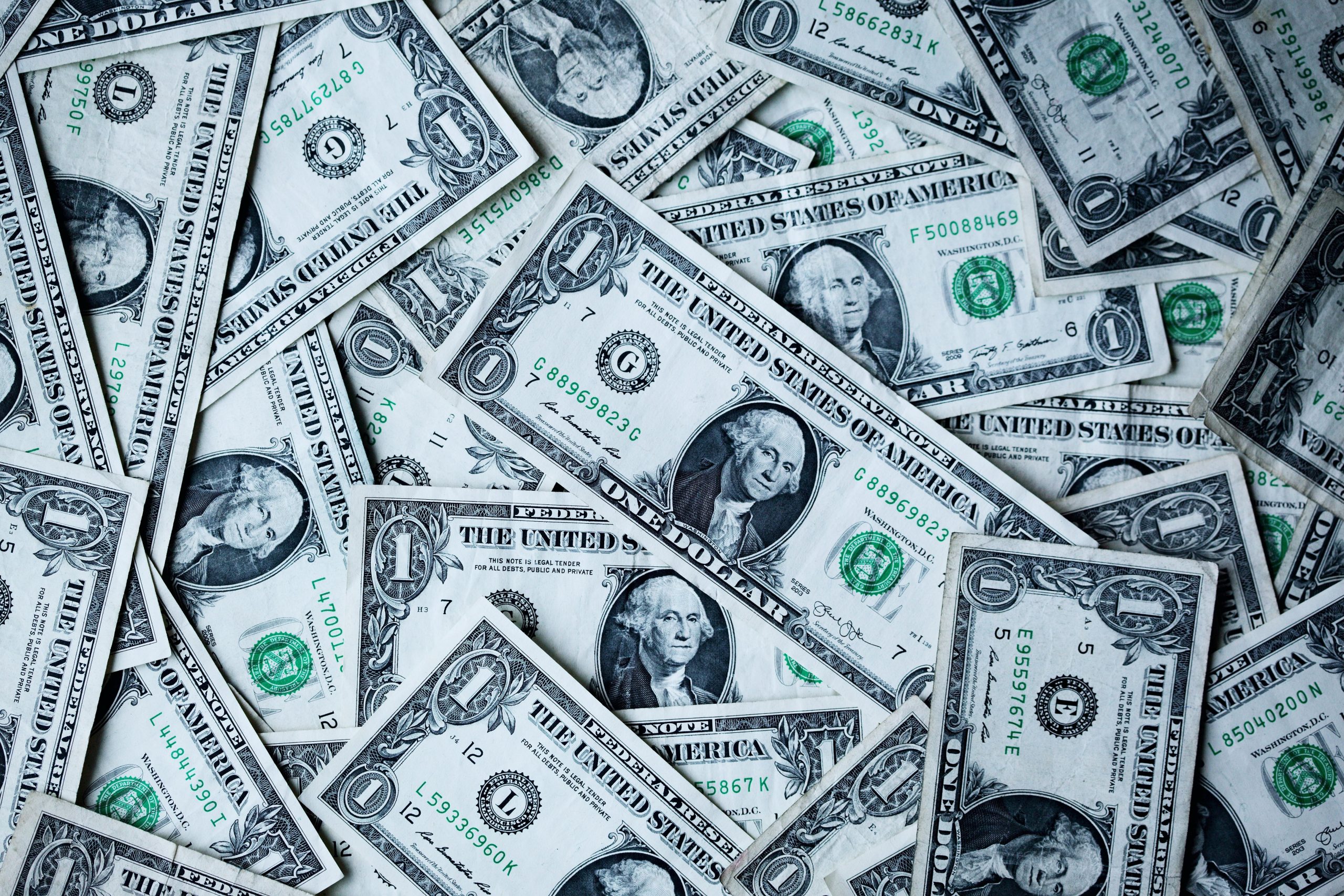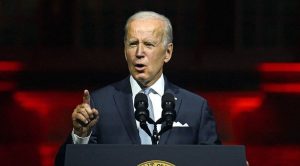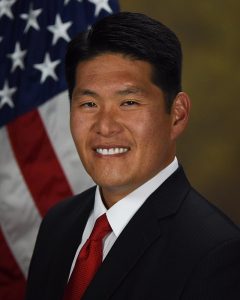The United States’
economy added 390,000 jobs in May, according to forecasts. The unemployment
rate remained unchanged at 3.6%. The Federal Reserve, central bank to the world’s
largest economy, has tightened its purse strings in a bid to control inflation
as has the Biden administration.
President Joe Biden
and the Federal Reserve seem to be on the same page with regard to the policy
stance adopted to stifle runaway inflation. The US is risking slowing down the
overall economy to keep prices down. In an op-ed for The Wall Street Journal,
Joe Biden wrote that the White House is taking additional steps to arrest price
rise. One such step is calling on Congress for legislation that reduces home
energy bills.
Also Read | How US Fed rate hike impacts the Indian rupee
Energy and food
prices are closely dependent on global prices. As such, the Russia-Ukraine war
has raised the prices of gas and grains worldwide. What has come as a separate
challenge for the United States is the expensive labour market. The pricey
labour market is sending overall prices even higher while causing worker
shortages.
In some good news
amid the gloom, the Federal Reserve is seeing signs of its policy stance
working out. The rate of workers quitting hospitality and leisure jobs has
fallen to the lowest level since February 2021. This, in turn, is causing a
slower wage growth in the sector, according to Capital Economics research
group.
Also Read | ‘There’s a buffer’: Why IMF’s Gita Gopinath thinks risk of a recession is low
The US employment
market continues to be heavily tilted towards workers. Over half of American
small businesses reported that they couldn’t fill rolls last month, as per data
from the National Federation of Independent Business. In such a scenario, it is
unlikely for the Federal Reserve to pull back on its plan to implement two more
rate hikes.
“We suspect it will
take at least a few months before we start to see ‘clear and convincing’ signs
of moderation in wage and therefore price pressures that would prompt the Fed
to switch back to [0.25%] rate hikes,” said Michael Pearce, Capital Economics’
Senior US Economist.







